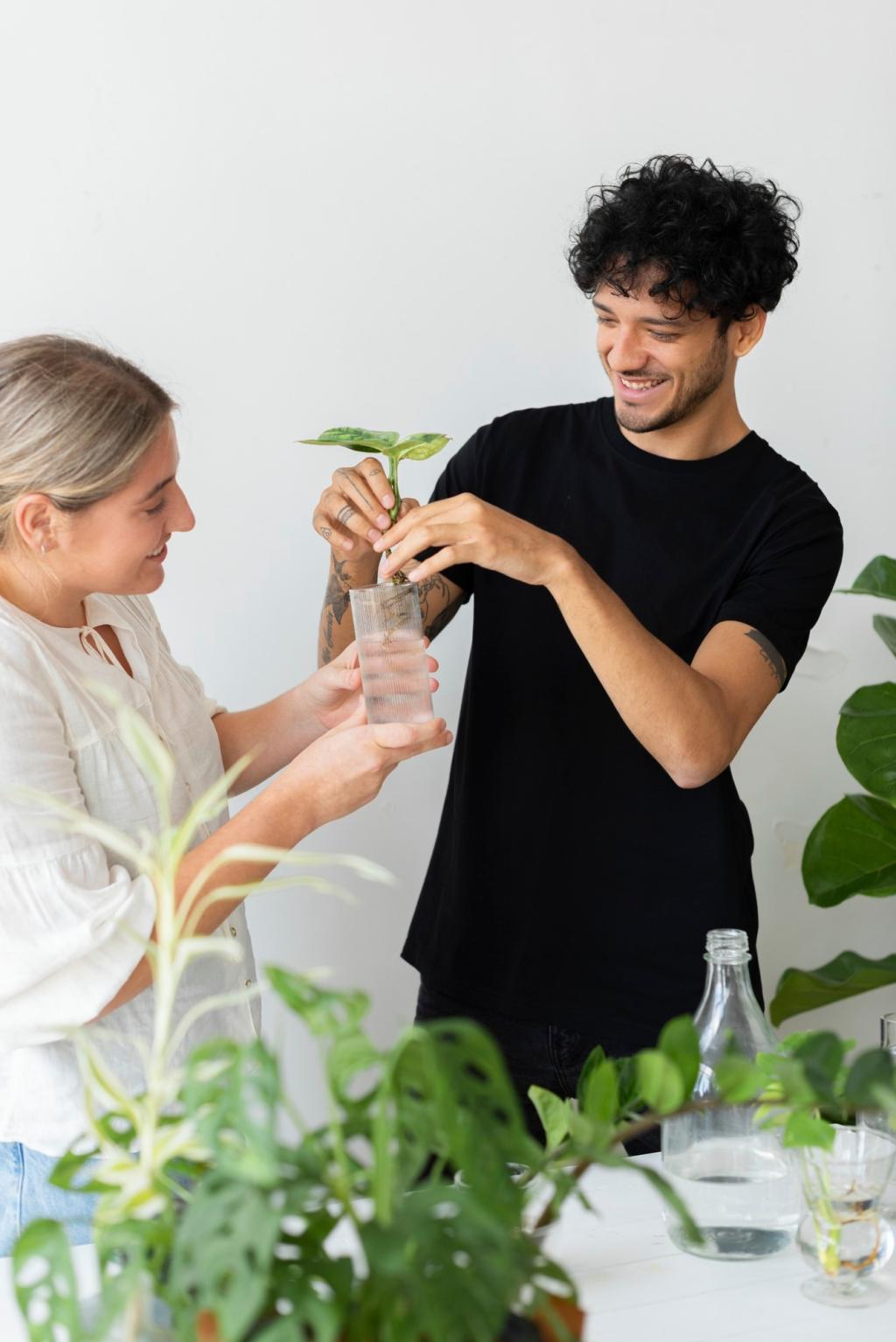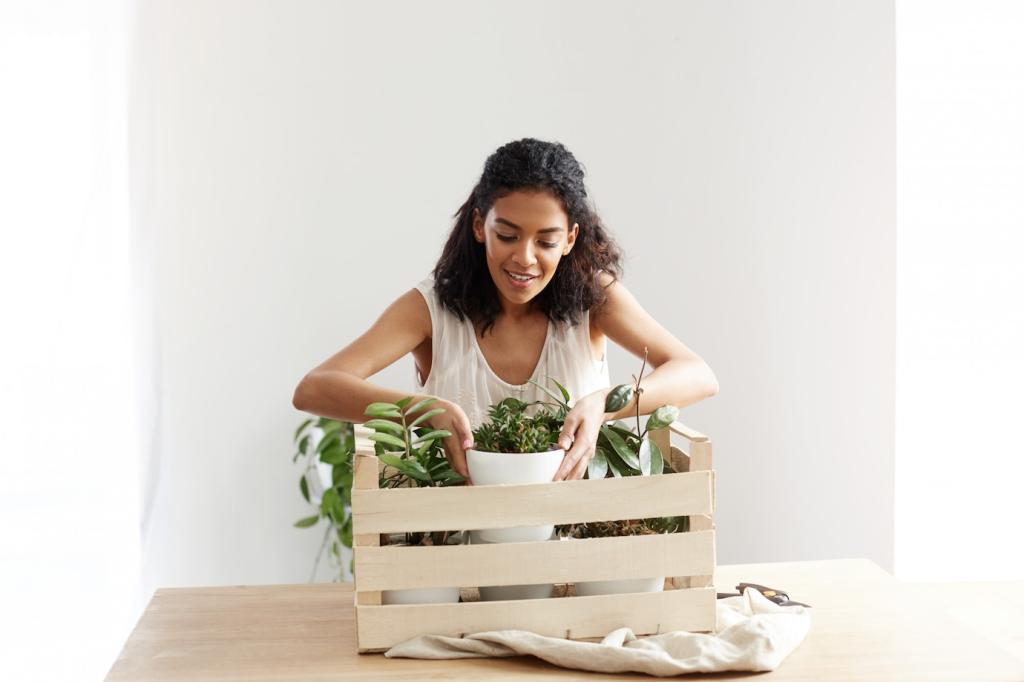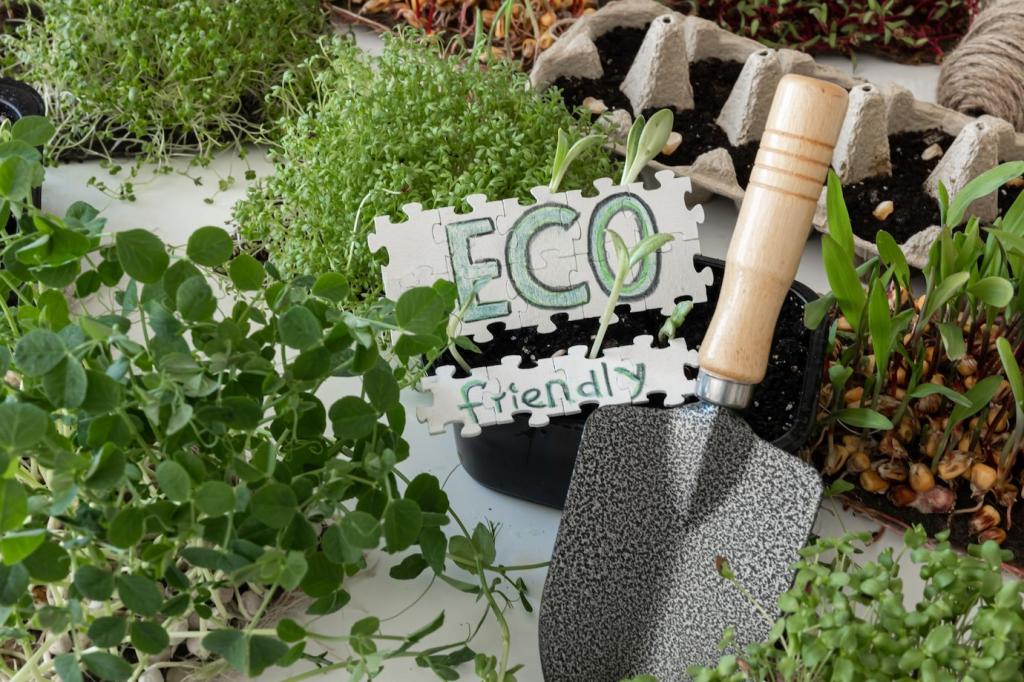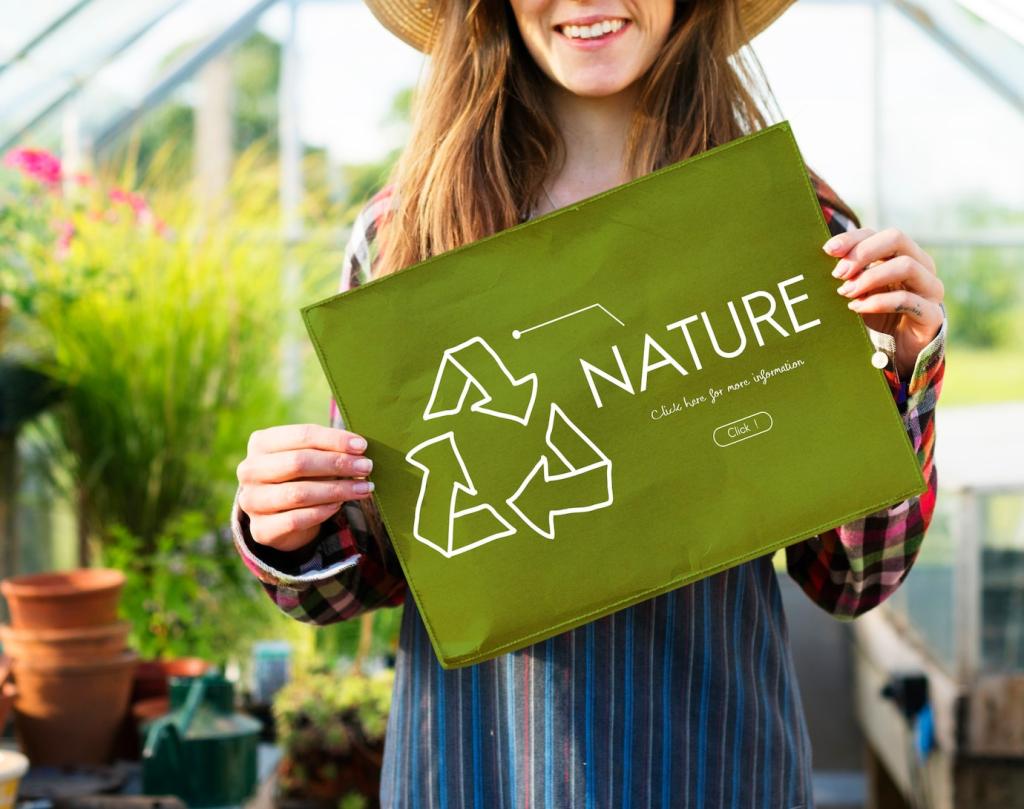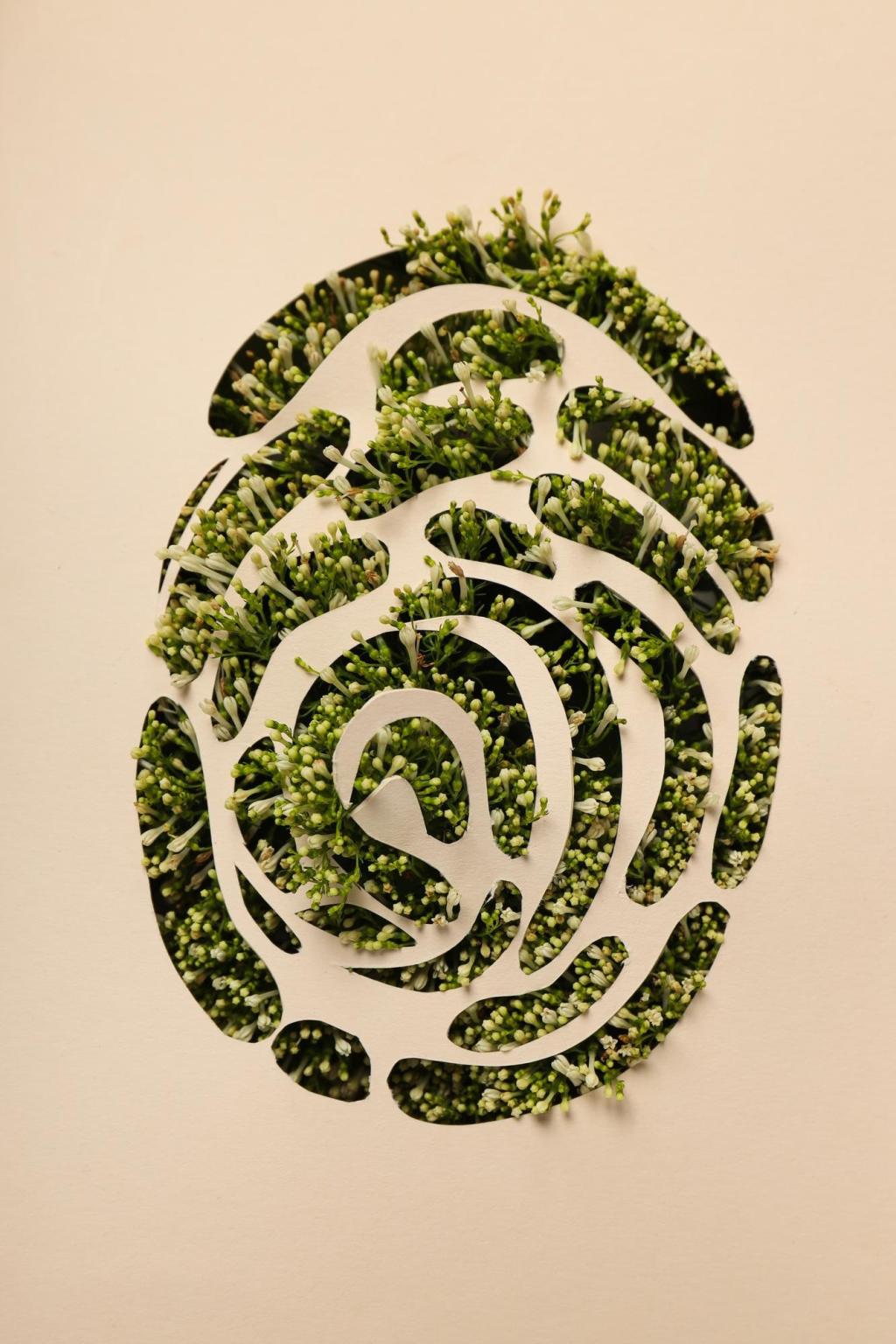
Build Beautifully: Sustainable DIY Furniture Projects
Chosen theme: Sustainable DIY Furniture Projects. Welcome to a hands-on space where design, craftsmanship, and planet-friendly choices meet. We share practical guides, heartfelt stories, and fail-proof tips to help you turn reclaimed materials into long-lasting pieces you will love. Ready to make less waste and more meaning? Join the conversation, subscribe for fresh project ideas, and show us what you build next.
Sourcing Green Materials That Tell a Story
Hunting Reclaimed Wood Locally
Visit architectural salvage yards, renovation sites with permission, and community reuse centers to find boards with history. Ask for offcuts, check for nails with a magnet, and always dry, plane, and square reclaimed stock before building to ensure stability and safety.
Choosing Responsible Sheet Goods
Look for FSC-certified plywood, low-formaldehyde or no-added-formaldehyde options, and agricultural waste panels. Inspect cores for voids, choose thicker veneers for durability, and store sheets flat to prevent warp. Comment with your preferred brands and suppliers near you.
Salvaged Hardware, Screws, and Glues
Reuse hinges, bolts, and pulls from discarded furniture, then pair them with corrosion-resistant screws. Select low-VOC adhesives and water-based wood glue. Keep a labeled jar system for sorted fasteners so each project uses resources wisely and nothing useful is thrown away.

Start with a circular saw, drill-driver, hand plane, chisels, a square, and clamps. Borrow or share specialty tools through neighbors or makerspaces. Focus on accuracy and setup instead of speed, and practice marking clearly to reduce mistakes and wasted material.

Sharp tools are safer and more sustainable because they require less force and reduce tear-out. Learn to hone chisels, clean saw blades, and wax tool soles. A consistent care routine turns budget tools into reliable partners that last for years and build better furniture.

Use a HEPA shop vac, wear a respirator, and sand outdoors when possible. Choose low-VOC finishes and ventilate well. Keep rags in a sealed metal can to prevent spontaneous combustion. Your lungs, neighbors, and projects will all benefit from safer, calmer practices.
Designing for Longevity and Disassembly
Favor mechanical fasteners you can undo, like bolts, threaded inserts, and pocket screws where appropriate. Use mortise-and-tenon or dowels in high-stress areas. Design access points for tightening and reseating joints so maintenance remains simple and your furniture stays sturdy.
Plan for transport from the start. Split large spans, label parts, and incorporate cross dowels and cam locks when needed. A flat-pack design saves energy in shipping and moving, reduces damage, and keeps your furniture useful through apartments, houses, and evolving rooms.
Avoid trend-chasing details that age quickly. Choose proportions rooted in human scale, neutral finishes, and replaceable accents. When a piece fits many styles, you will keep it longer, saving materials and money while keeping your space beautifully consistent over time.

This is the heading
Lorem ipsum dolor sit amet, consectetur adipiscing elit. Ut elit tellus, luctus nec ullamcorper mattis, pulvinar dapibus leo.

This is the heading
Lorem ipsum dolor sit amet, consectetur adipiscing elit. Ut elit tellus, luctus nec ullamcorper mattis, pulvinar dapibus leo.

Eco-Friendly Finishes That Age Gracefully
Always test finishes on offcuts from the same build. Observe color shift, grain pop, and dry time. Rub with water to gauge raised grain and note odor during curing. Sampling prevents disappointment and helps you reuse leftover finish responsibly instead of tossing it.
Upcycling Stories From the Community
A reader salvaged boards from a theater set, planed them lightly, and used metal brackets from a closed shop. The piece spans a family’s living room wall, holding memories and novels. It diverted wood and steel from the dumpster and became a conversation starter.
Upcycling Stories From the Community
A mismatched set of chairs gained cohesion with joint repairs, milk paint, and reclaimed denim upholstery. Simple seat templates kept waste low. The family now hosts larger gatherings, proud to share furniture that cost little, saved resources, and reflects their personality.
